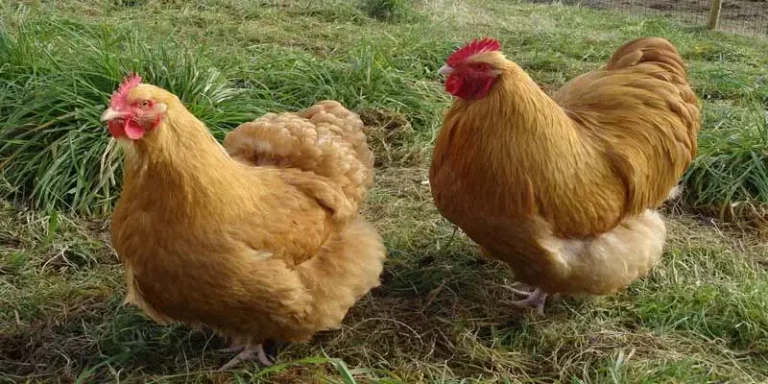The Orpington chicken is a large, friendly breed of chicken that originated in England. It is known for laying large brown eggs and being good mother. The Orpington was first bred by Sir William Orpen in the early 20th century. He wanted to create a bird that would be good for meat, egg production, and looks.
The Orpington chicken is one of the most common breeds of chicken today. It has very few health problems and makes an excellent backyard pet and egg producer.
If you are raising or planning on getting some Orpington chickens, you may wonder when they will start laying.
Orpingtons begin laying at around 20 weeks old. Their first eggs will be smaller than normal because they are still growing and developing their reproductive organs. As they mature, their eggs will become larger and more consistent in size and shape.
How Many Eggs Do Orpington Chickens Lay?
Orpington hens typically lay an average of 250 to 300 eggs per year. They lay eggs every day during the spring months, but they will stop laying when they get close to winter. A good egg layer should lay an egg every other day or so. If your hen takes longer than two days between eggs, she may be sick or stressed by something in her environment (such as poor ventilation).
You can expect your Orpington chickens to begin laying at about 18 months old or so if you start with young pullets (young female chicks). The age at which they start laying depends on how long they were kept in the hatchery before being sold to you; older birds will usually start laying sooner than younger ones.
What Color Eggs Do Orpington Chickens Lay?
Orpingtons lay brown eggs that are larger than the average hen’s egg. The color of their eggs can vary from light brown to dark chocolate brown with speckles on the shell.
How Long Do Orpington Chickens Lay Eggs?
On average, an Orpington will lay an egg every day or two. That makes them one of the most prolific layers in the chicken world! The only breed that lays more eggs per year is an Ameraucana, which has eggs that look like Easter eggs!
If you want to find out how long your Orpington will take between each egg, try keeping track for one week. Write down when each egg was laid so that you can see if there’s any pattern or if there’s just randomness involved in their laying schedule.
How Often Do Orpington Chickens Lay Eggs?
Orpington chickens lay eggs up to five times per week, but they don’t always lay every day. In fact, most hens will go through periods where they stop laying for a few weeks before resuming again. This is normal behavior among chickens and does not indicate an illness or health problem with your hen or your flock.
Do Orpington Chickens Lay Eggs In Winter?
Orpington chickens are a breed of chicken that is known for their large size and egg laying abilities. They can be found in many different colors and patterns, but the basics of what makes them unique are their large size and their ability to lay eggs all year round. While most other breeds will only lay eggs in the summer months, Orpingtons will continue to lay throughout most of the year.
There are some Orpingtons that will stop laying during the winter months, but this is not typical behavior for this breed. Most Orpingtons will continue to lay eggs throughout the winter months as well as any other time of year.
Are Orpington Chickens a Good Choice for a Backyard Breed?
Orpingtons are a large, dual-purpose breed that originated in England. They have a calm temperament, friendly nature, and good egg production. They are also known for their large size and colorful plumage.
Orpingtons are one of the most popular breeds in the United States and Great Britain. Their popularity is due not only to their large size but also because they produce very large eggs — often as much as 250 grams each! The hens are known to lay at least 4 eggs per week throughout the year.
Conclusion
Orpington chickens start laying eggs around 20 weeks old, but they may not start laying until they reach 24 weeks old. The exact time varies depending on the individual bird and how quickly she reaches maturity.


